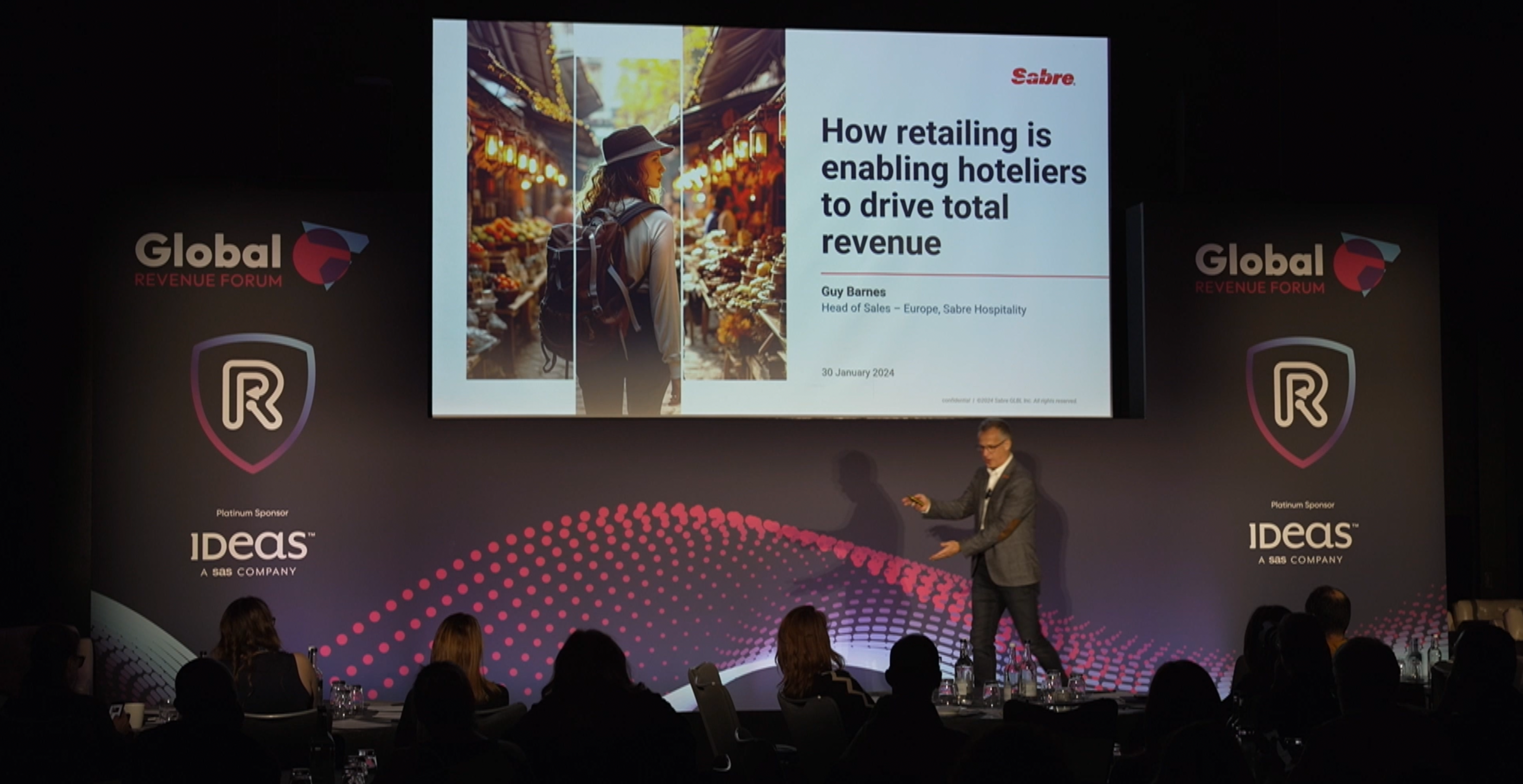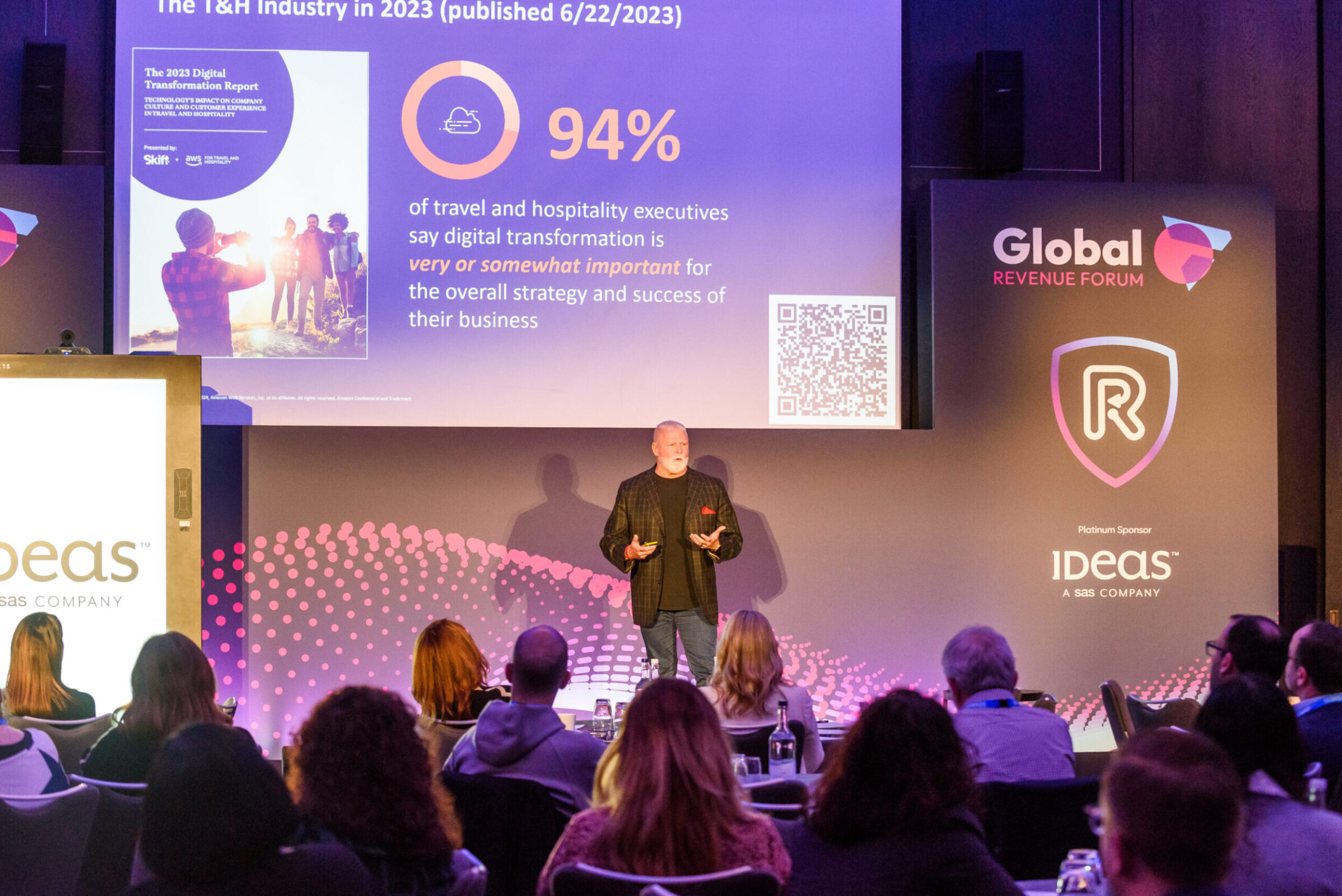Best Practices and new ideas for Transient Negotiated Rates
With comments from an audience with Chinmai Sharma, VP Revenue Management for Wyndham Hotel Group, at the HSMAI conference call 23.03.2011
As market reports of recovery in the US continue in the positive Chinmai describes himself as a die hard optimist. He reports that with 7000 hotels and a large footprint in the economy and lower tier upscale market, they are now reporting a healthy increase in occupancy and comments that a good rate will follow.
A key positive driver in the market is a limited increase in room stock in the market, supported by reports from business travel units such as American Express that business travel is on the increase in 2011. The development cycle (increased room stock) lags the economic cycle and the 2011 supply growth is now shrinking, meaning that in the US, the supply and demand is now moving to the side of the hotel. So with this in mind, and with other markets also in a slow recovery mode, here are some ideas and thoughts from Chinmai and other participants in the conference call on rate negotiation, how some new ideas are being used, and how some ideas used in recent years need to adapt as the market moves into recovery mode.
What do we think of Dynamic Corporate Rates and who is using these?
The dynamic pricing model and use of Best Available Rate is now well established. Less well established is the use of floating corporate rates. The dynamic pricing concept allows hotels the flexibility to optimize peak demand, and improve business mix during low demand. Dynamic corporate rates offer an opportunity to provide better availability to corporate customers during periods of high demand whilst still providing value.
In secondary and tertiary markets, Chinmai commented that Wyndham has converted some corporate accounts. The model has its up sides and downsides. From the hotel’s perspective it can streamline distribution administration particularly where reservation system technology can handle derived rates or percentage-off rates – which most can. In this case, the floating corporate rate can be set up as a percentage off BAR, and it becomes self managing as the BAR rate flexes according to demand. However, from the corporate and travel management company (TMC) perspective there may be challenges in working with this level of flexibility Some companies and TMCs will have a need to work with a static budget for tracking and fee management purposes. Furthermore, there is still a large group of companies that prefer to work with fixed rates when demand is high. And finally, some consortia agents such as Amex and BCD are not in favour of the model, which limits its uptake.
The general consensus is there is still room in the market to move in this direction, and that it can offer better availability to companies whilst still providing value. It can also be a useful tool when talking to companies that have a relatively low level of production across disparate cities – where the benefit to the hotel group is greater than to any individual hotel. In this case you can continue to recognise this business. It also allows for greater flexibility in account management and monitoring production more closely – it makes it easier to float rates based on usage (both above and below forecast production) every quarter.
Last Room Availability (LRA) vs Non Last Room Availability (NLRA)
The great debate continues. LRA rates must come down to the account volume. The ideal scenario is for hotel operators is NLRA unless volume can be delivered. Things to take into consideration include – do you offer a rate premium because the account is a high volume account? How do you then quantify the dollar value of the last room? How do you work around the RFP that states that LRA is a key requirement for one of your valuable customers?
A frustration for revenue managers lies in knowing that the last room value of a room (as determined by their revenue management system) increases as occupancy increases. The selling rate potential of that last room is then higher than the rate they are required to offer that corporate customer, meaning leaving money on the table. The key is to get the balance right, recognising on the one hand the value of a high volume account, and on the other the need to ensure that an account delivers on that value to continue to receive that benefit.
Value Adds – do we continue to add value to rates?
Breakfast, upgrades, parking. What is the trend? Recently, value-adds have been used as bundle to bulk up value rather than reduce rate. In reality, many were not used, and often not directly relevant. As the market picks up, the direction now is to focus on where the stay pattern and the need warrant offering a value-add. Keep in mind that value-adds are often tied into hotel agreements so they are likely to stay with us for some time, so a change in direction, where its needed may take time. Furthermore, companies are now making sure that their employees are getting the most value from their values-adds, and mandating employees use the them rather than go elsewhere, for example eating breakfast in the hotel if it features as part of the rate. So beware the wrath of Chef, and avoid offering a value add that may start to cost you too much to deliver.
Are people looking at 2-year agreements?
Long term negotiated rate agreements were most recently used to secure business and reduce market shift to potential competitors. An emerging perspective on this approach is to consider long term agreements that work to support setting a base strategy. For example to secure business from a customer you know can deliver a predictable and relatively reliable volume of business you could consider a more favourable rate in return for a longer agreement and a guaranteed percentage of that client’s business. This can be useful in securing a base level of occupancy in a market where this makes sense.
Are we open to allotments from corporate clients?
The concept of offering allotments to corporate clients – defined in this case as prepayment for a guaranteed number of rooms each night is the final emerging trend in negotiating corporate agreements. Again perceived as a strategy for building base business the consensus was that if the rate makes sense, then this is something under consideration in negotiation strategies.
In conclusion
Use a hybrid model – think about bringing a different perspective to rate negotiation. Understand fully the constraints of the RFP process, and respect the business model parameters that you need to work under, but consider new ideas and new models with those companies that have the flexibility and are open to doing so. This could mean reducing added value, or offering specific value-adds with guaranteed usage. Recognise where offering a favourable rate will work well for you and consider pre-paid if this makes sense. Consider longer term agreements where competitor shift or new rooms on the market may have big impact, or you need to build base business. Look at corporate dynamic pricing in markets where you want to recognise loyalty from lower producing accounts.
For more information on creating revenue generating programmes feel free to contact us to discuss your specific requirements.
In the meantime – what’s your take on dynamic corporate rates -have you used them? What level of success? Any push back? How much do you rely on added value – and can you see a time when these are removed from agreements? Or are they now an engrained part of the RFP armoury? How about allotments for corporate clients? Can you see an opportunity when this may make sense? Share your experiences with us..






